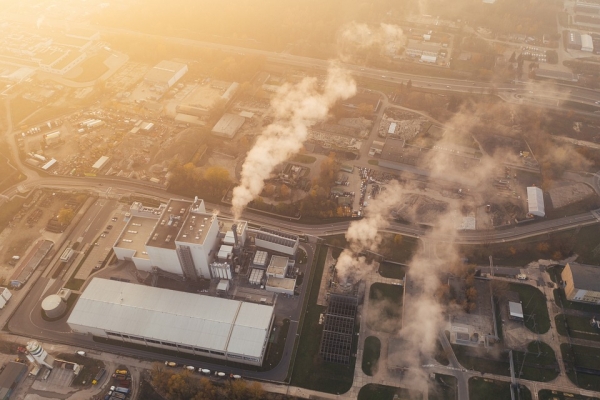The amount of carbon dioxide in the atmosphere increases daily with no sign of stopping or slowing. Too much of civilization depends on the burning of fossil fuels, and even if we can develop a replacement energy source, much of the damage has already been done. Without removal, the carbon dioxide already in the atmosphere will continue to wreak havoc for centuries.
Atmospheric carbon capture is a potential remedy to this problem. It would pull carbon dioxide out of the air and store it permanently to reverse the effects of climate change. Practical carbon capture technologies are still in the early stages of development, with the most promising involving a class of compounds called amines that can chemically bind with carbon dioxide. Efficiency is paramount in these designs, and identifying even slightly better compounds could lead to the capture of billions of tons of additional carbon dioxide.
In AVS Quantum Science, by AIP Publishing, researchers from the National Energy Technology Laboratory and the University of Kentucky deployed an algorithm to study amine reactions through quantum computing. The algorithm can be run on an existing quantum computer to find useful amine compounds for carbon capture more quickly.
Read more at American Institute of Physics
Photo Credit: marcinjozwiak via Pixabay


